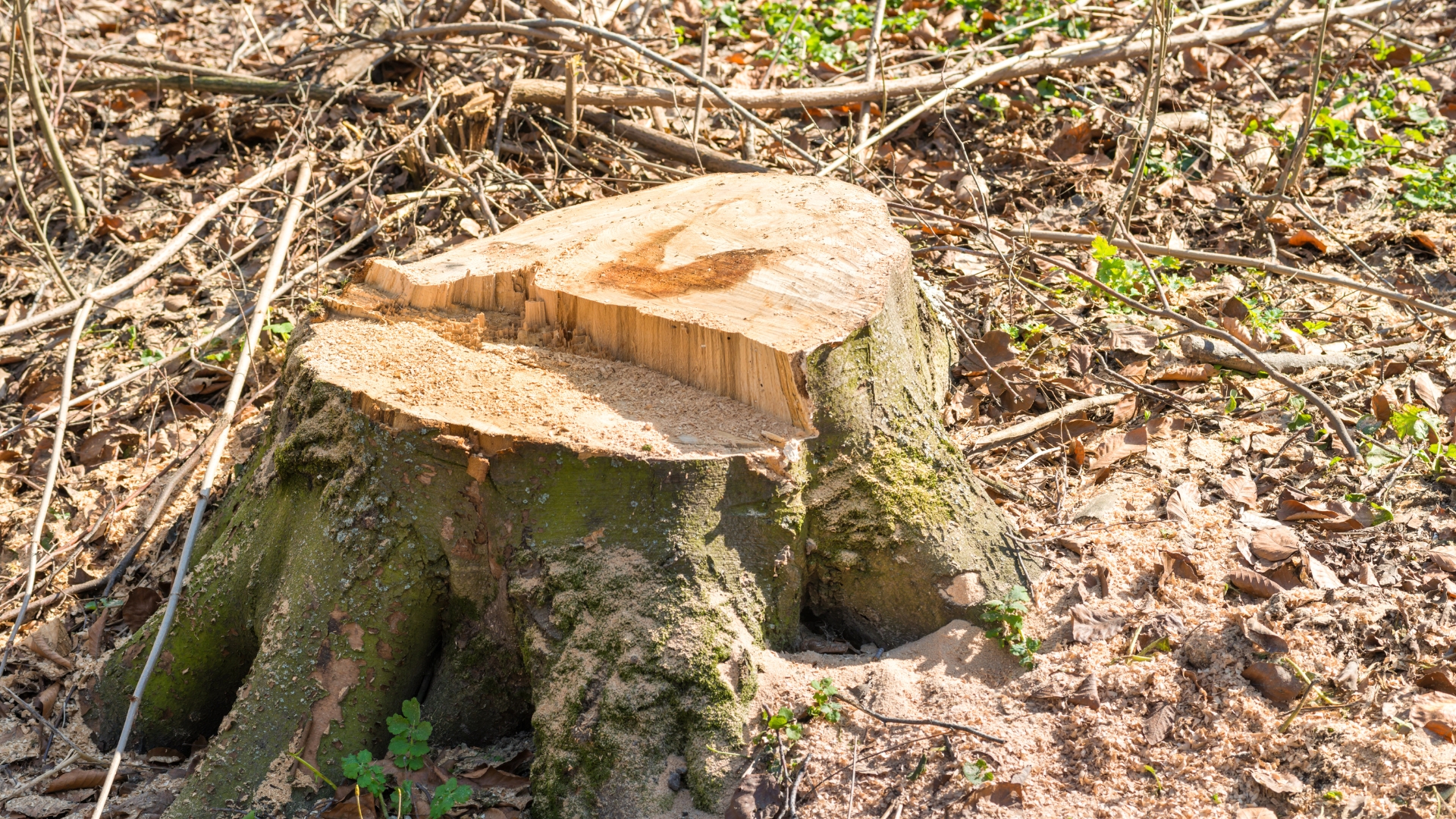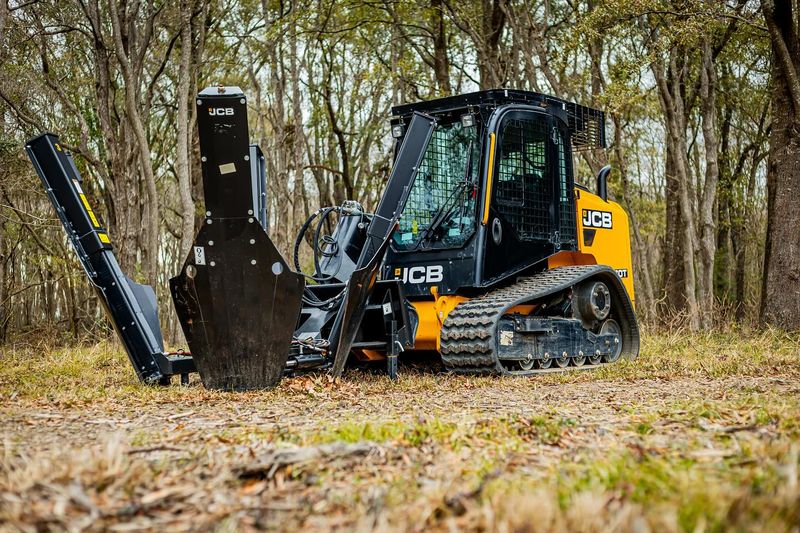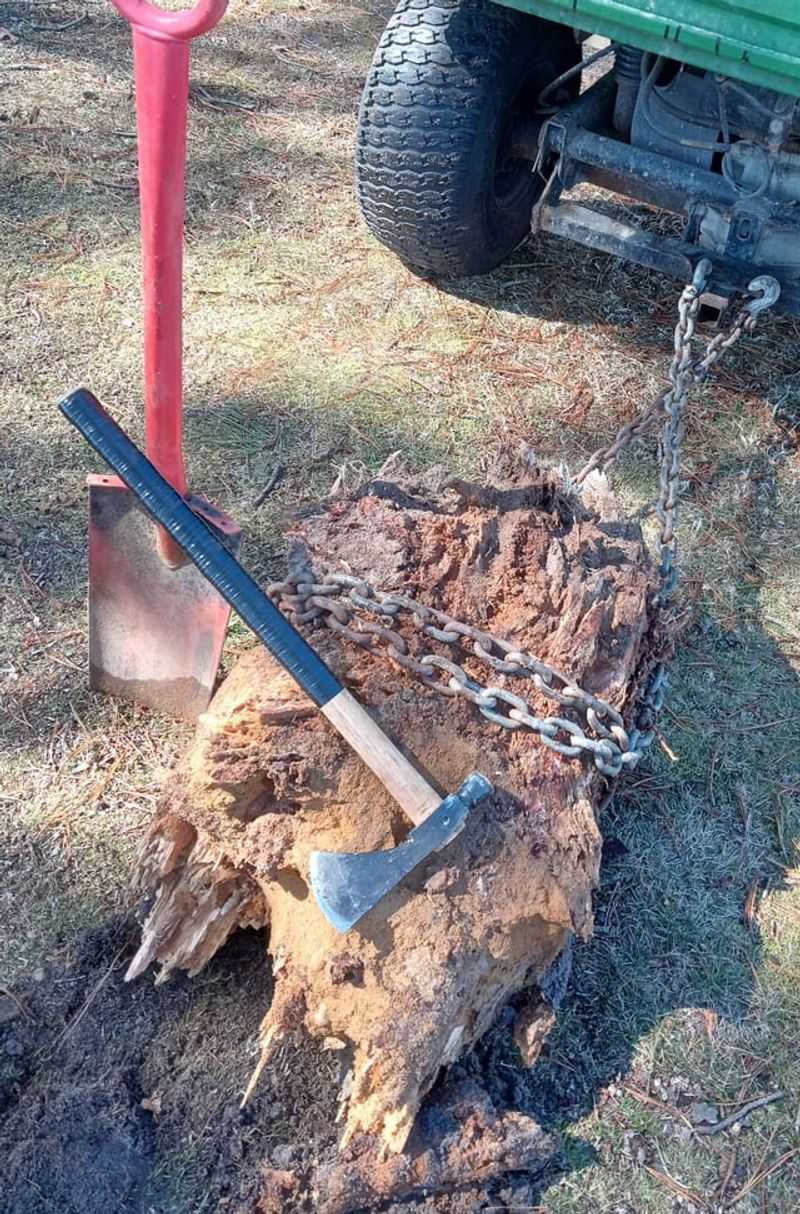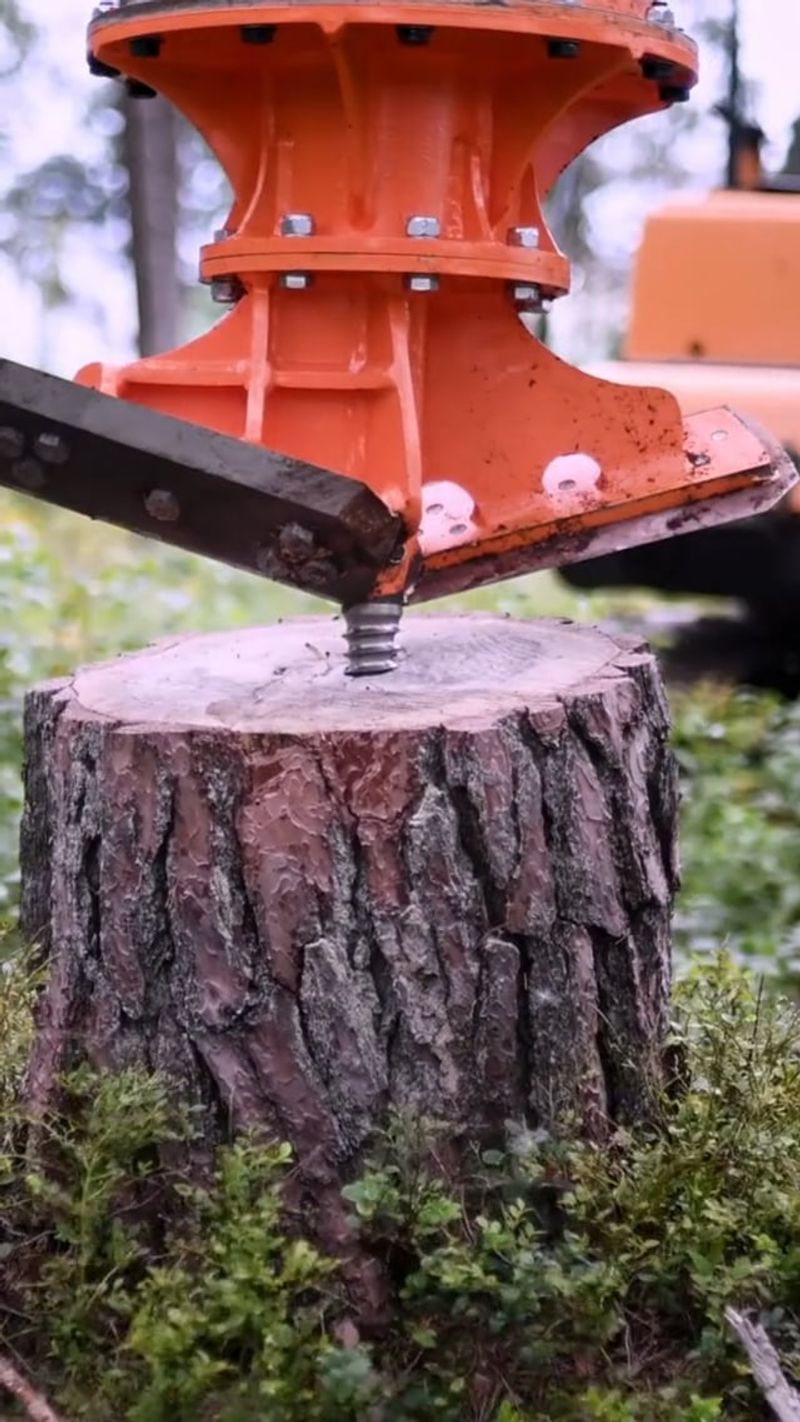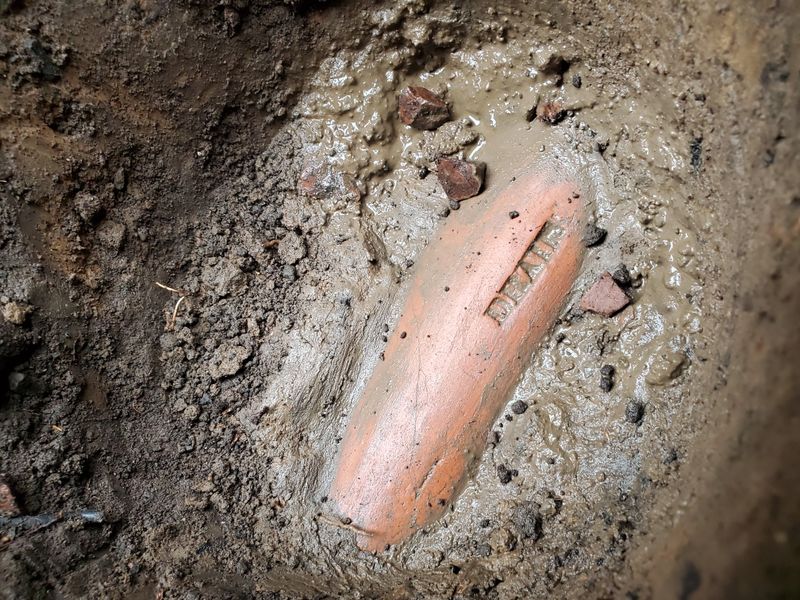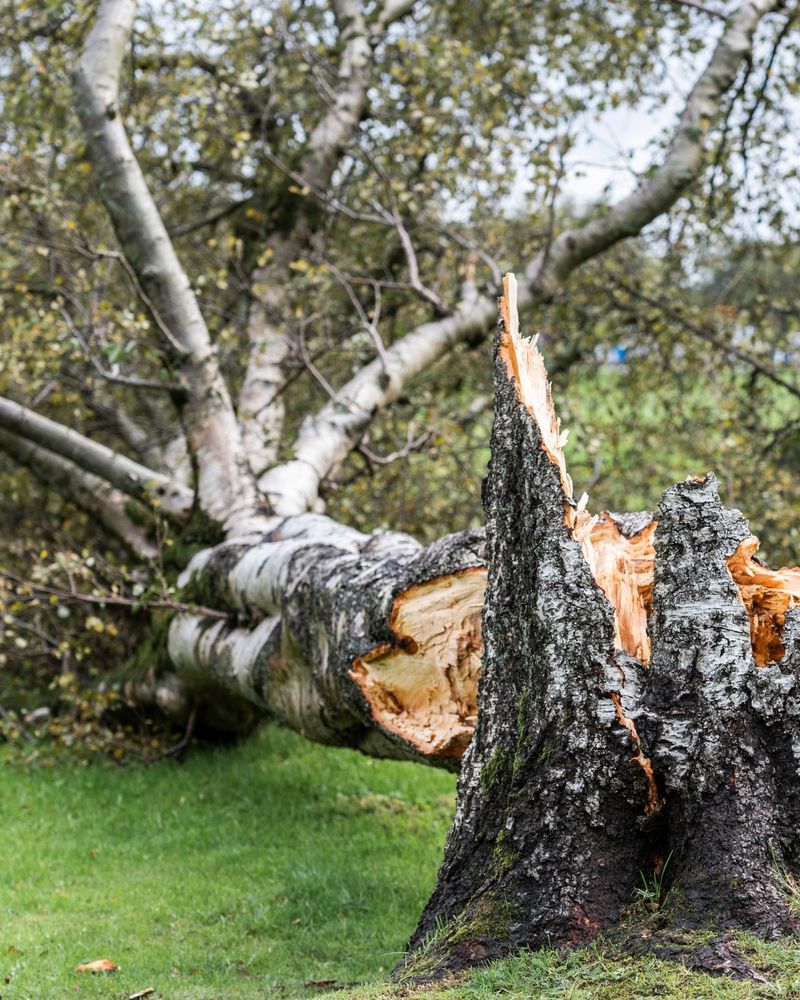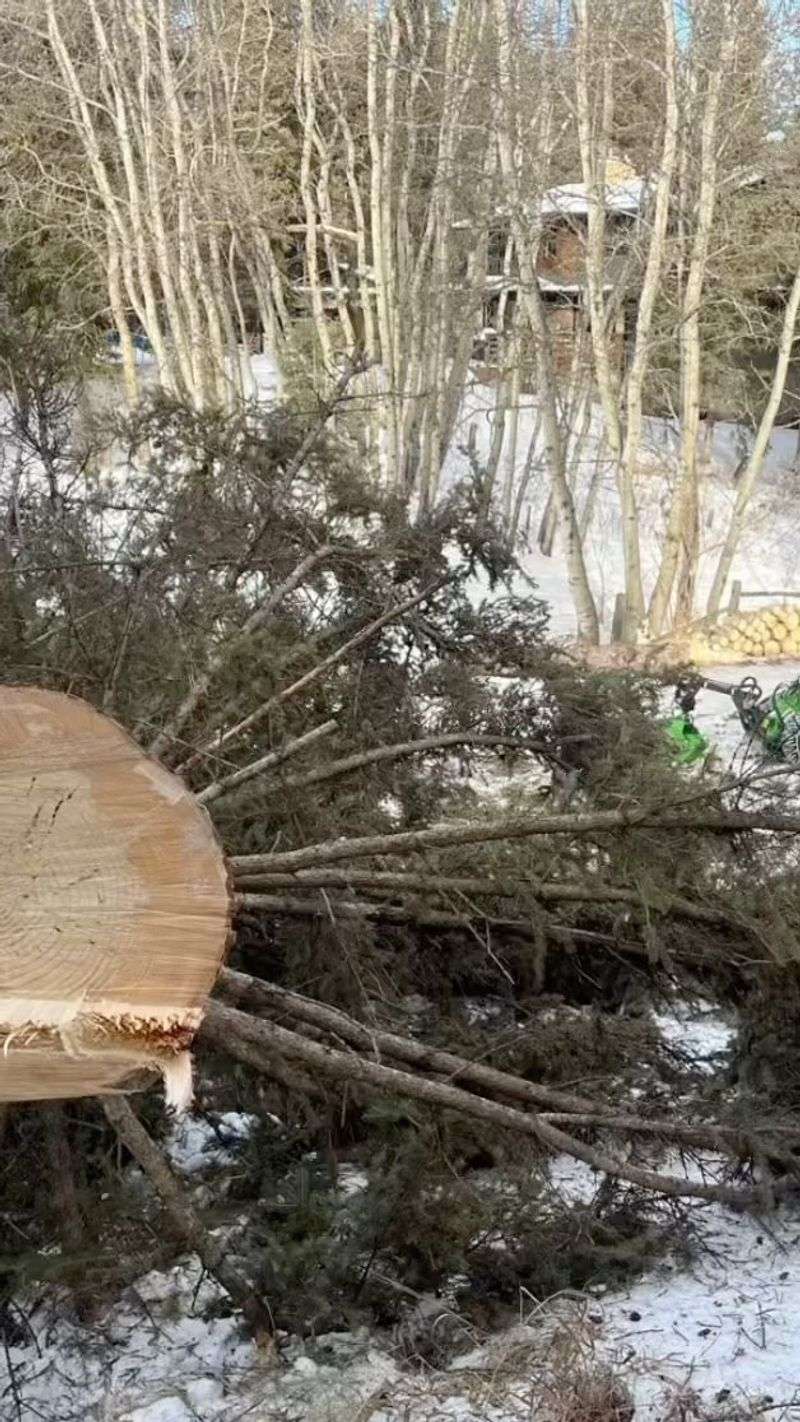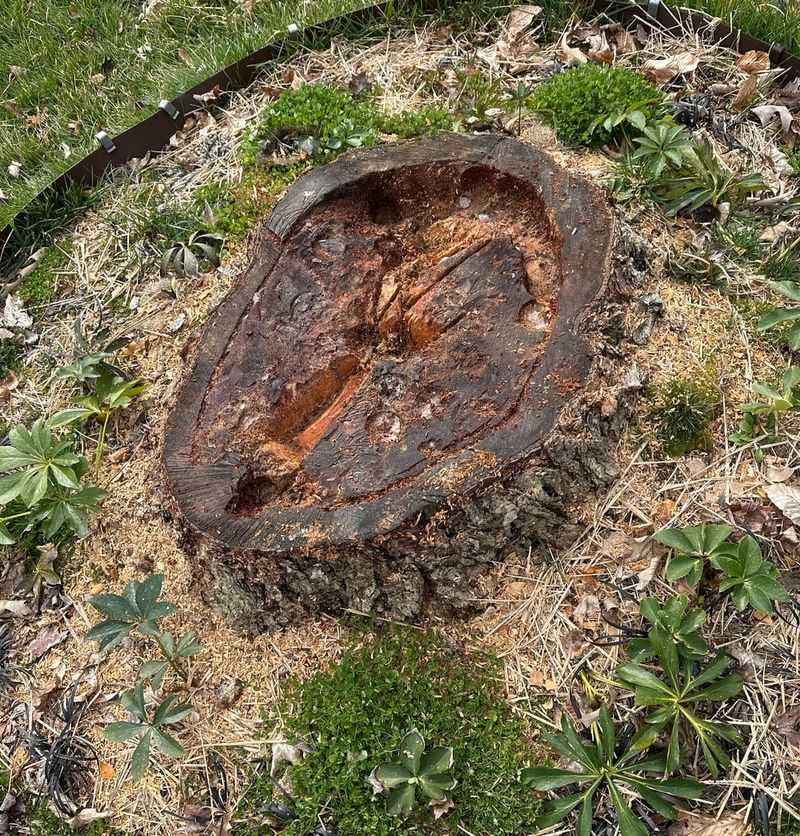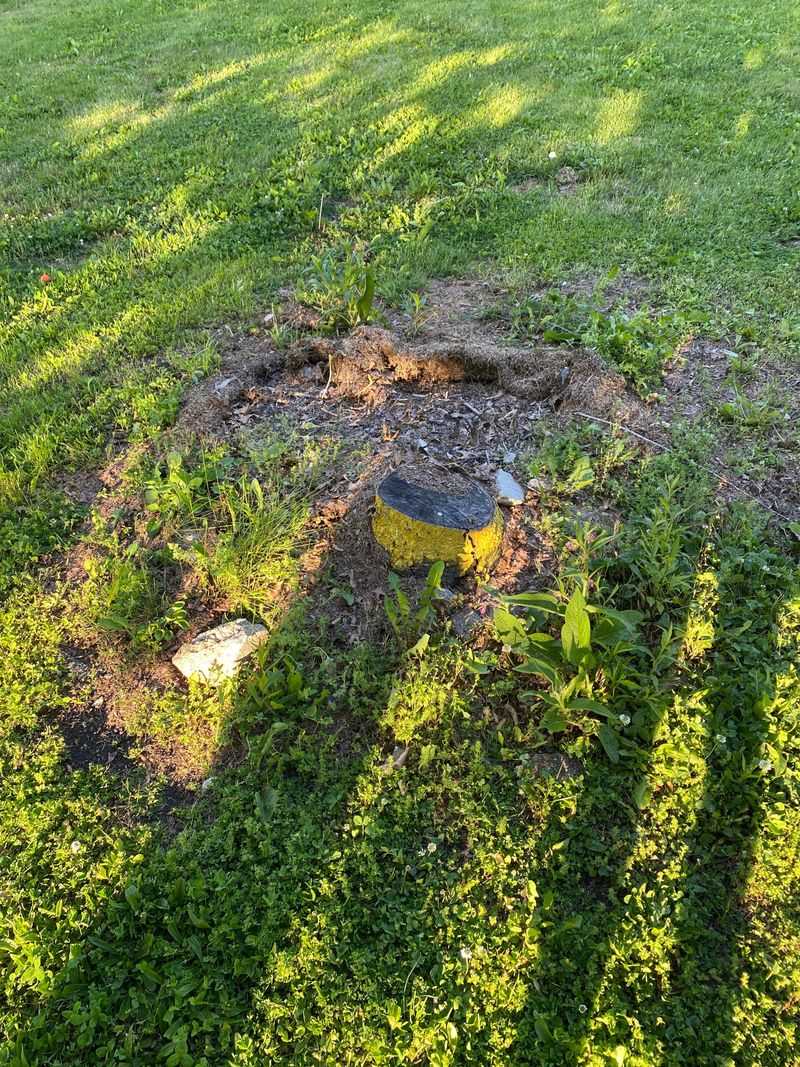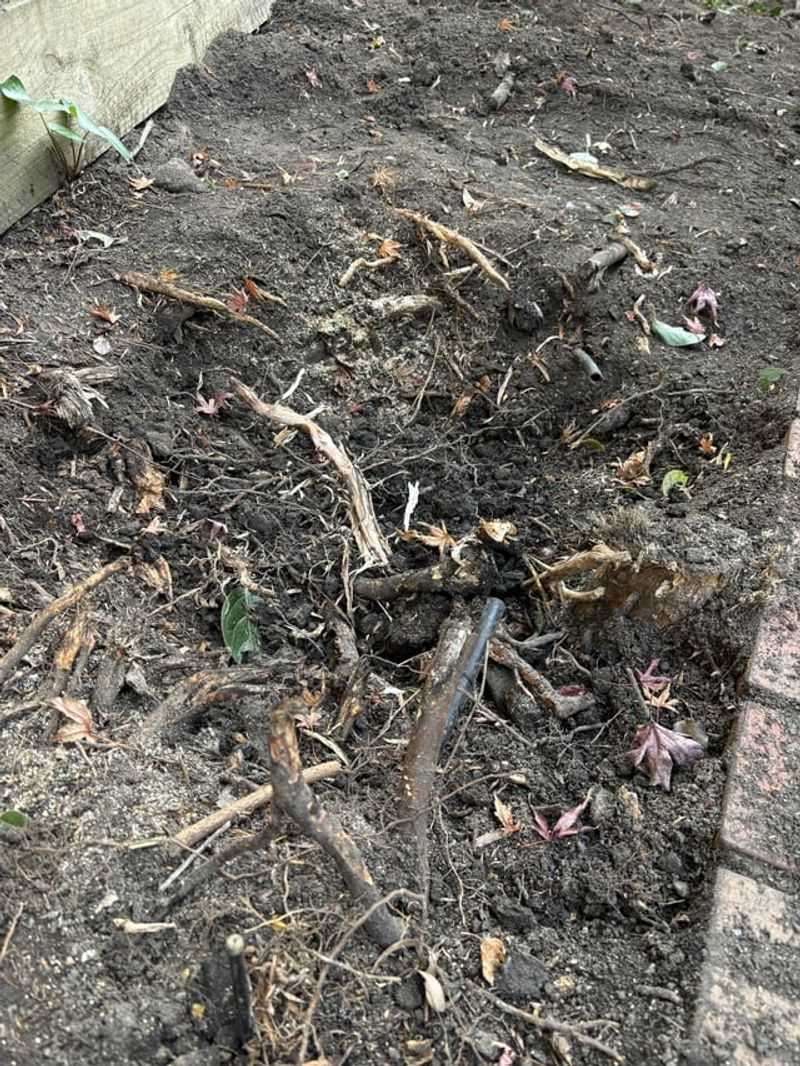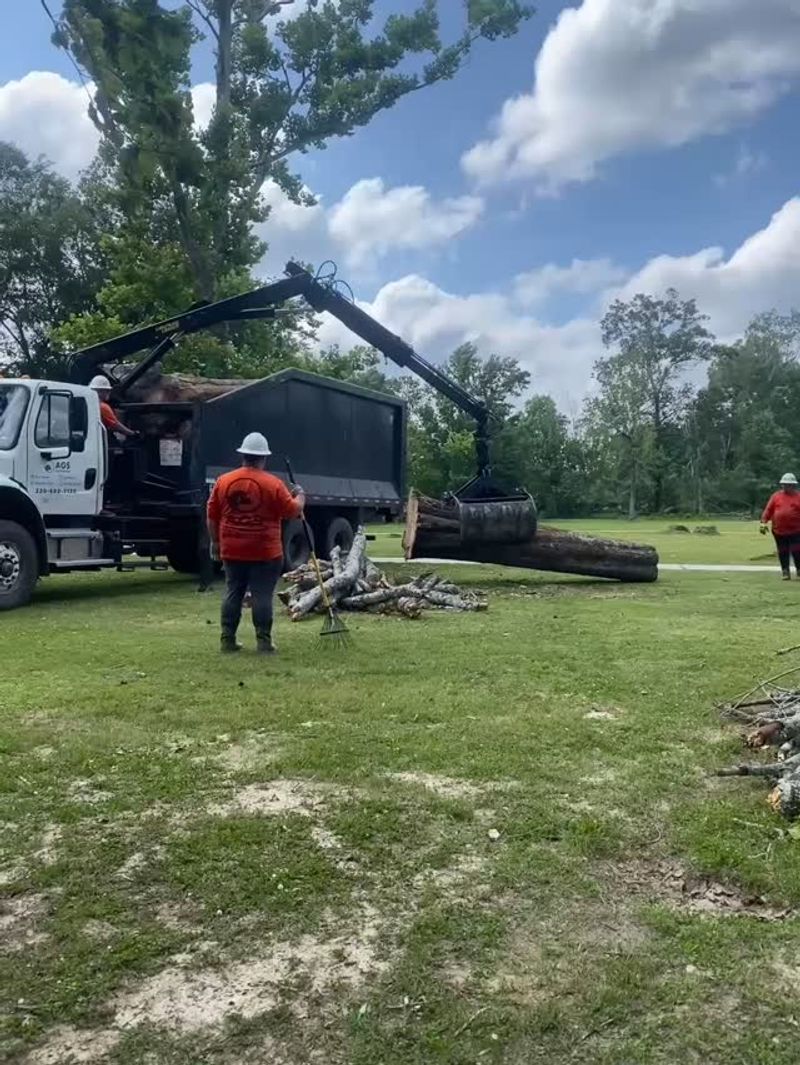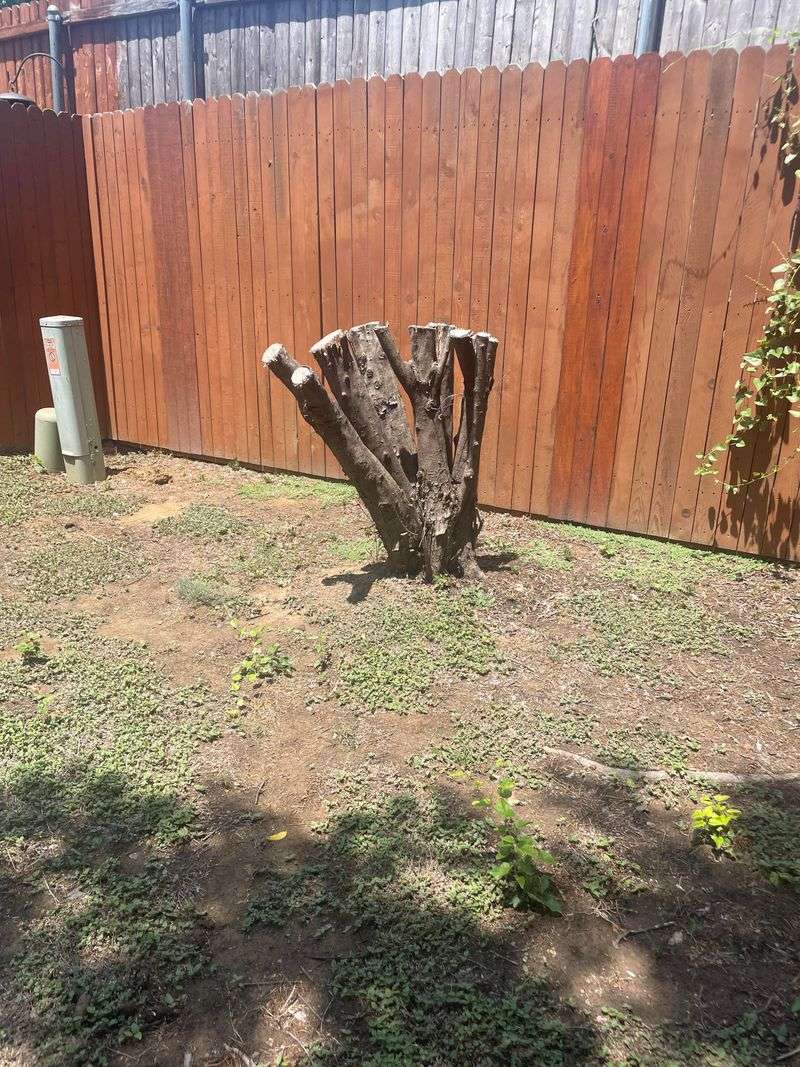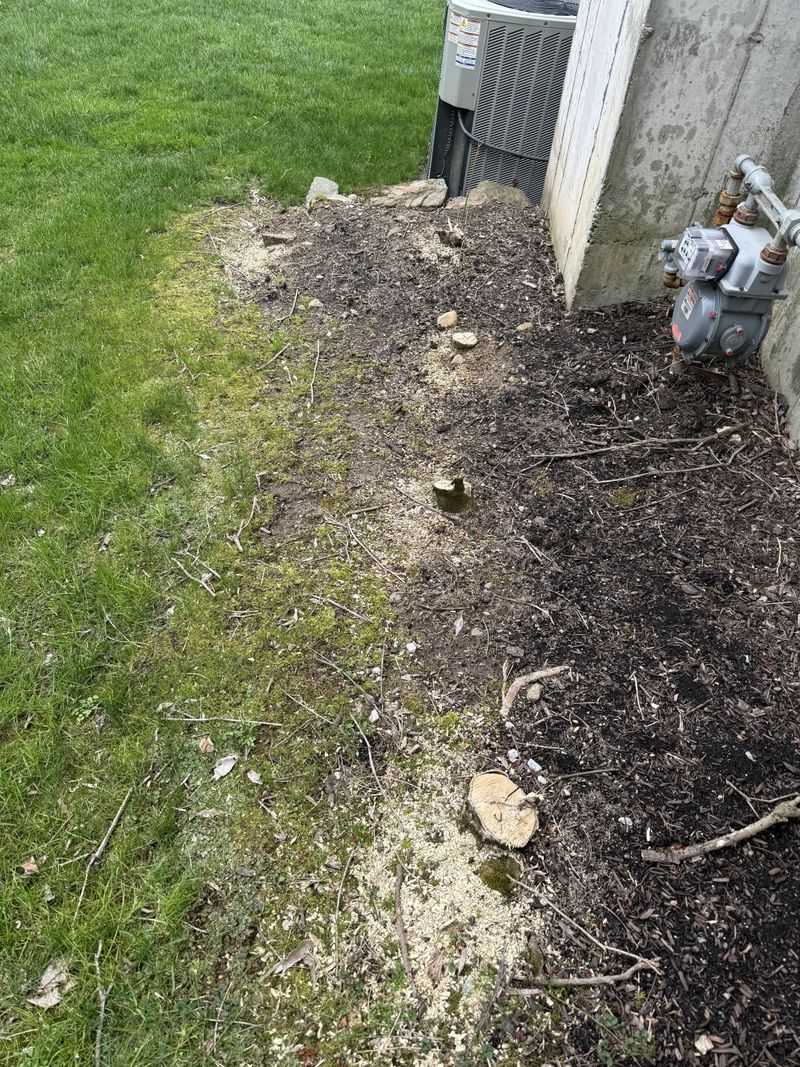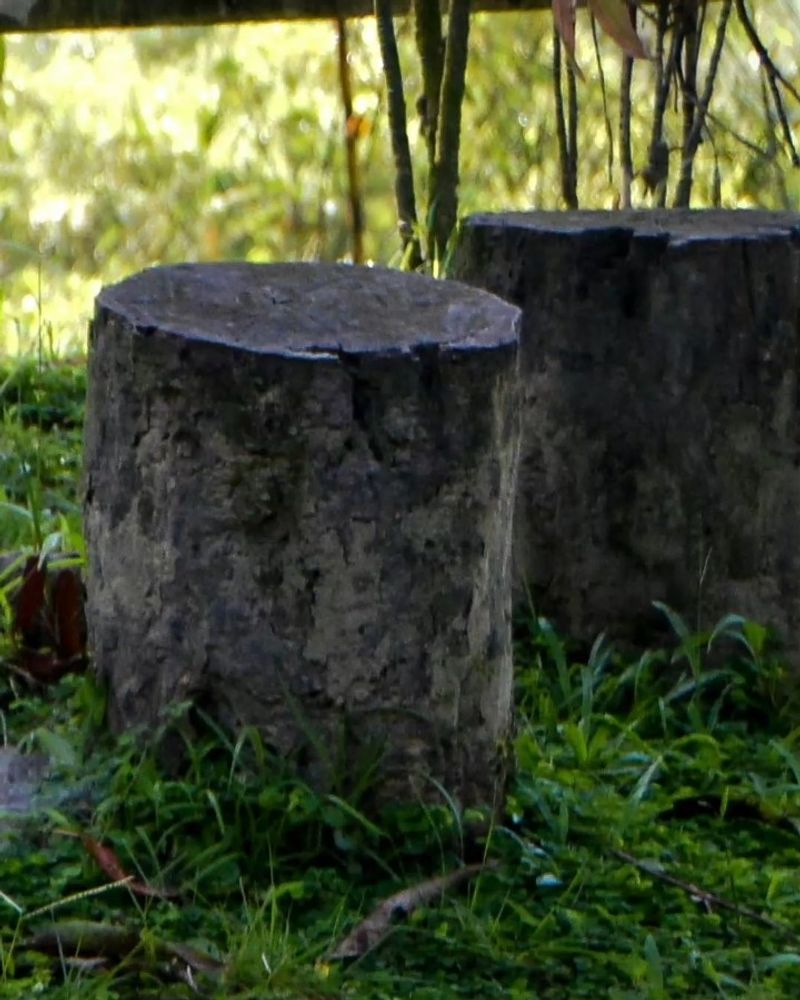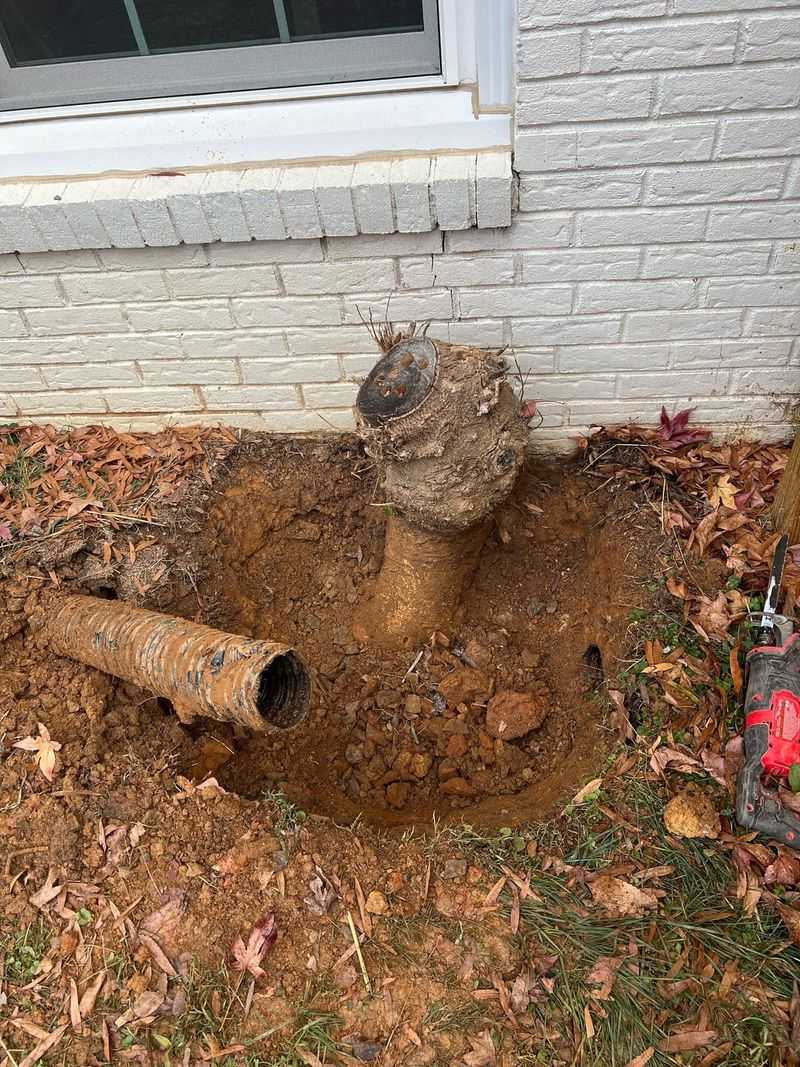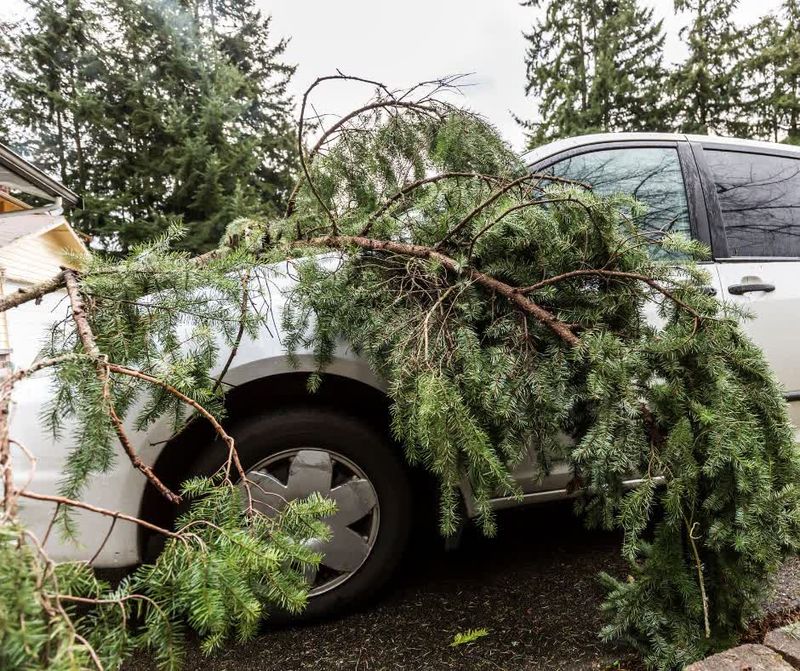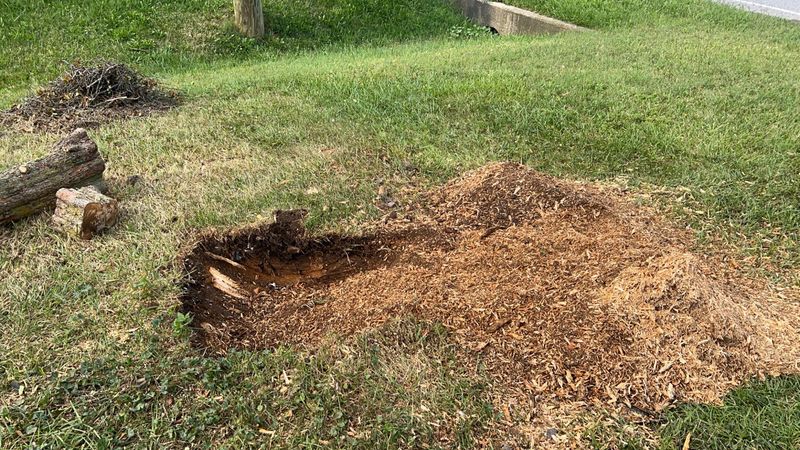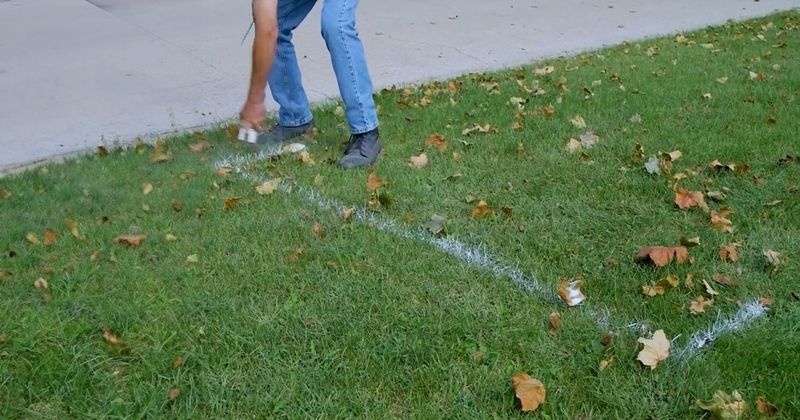Removing a tree stump might seem straightforward until you realize it’s full of sneaky challenges—I’ve been there! Tons of folks jump in without a plan and end up with more work (and frustration) than they bargained for.
The good news? Avoiding common mistakes makes the whole process way smoother. With a few simple tricks, you can tackle that stubborn stump without headaches.
Let’s break down what to watch out for and how to get it done right.
1. Underestimating the challenge
Most folks look at a stump and think, “How hard could it be?” Turns out, very hard! Tree roots run deep and wide, creating an underground network that’s tough to dismantle.
Professional arborists plan for hours of labor even for modest-sized stumps. Save yourself the surprise by researching the specific tree species first – some have particularly stubborn root systems that require specialized approaches.
2. Using the wrong tools
Attacking a stump with a regular shovel and axe is like trying to open a can with a butter knife. You’ll wear yourself out before making real progress.
Invest in proper equipment like a mattock, stump grinder, or specialized saw. For larger stumps, consider renting professional-grade equipment from your local hardware store. The right tools can cut your work time in half!
3. Skipping safety gear
Stump removal isn’t the time to show off your summer sandals. Flying wood chips, swinging tools, and chemicals all pose serious risks when you’re not properly protected.
Always wear closed-toe boots, eye protection, gloves, and long pants. If using a stump grinder, add ear protection to your safety checklist. These simple precautions prevent injuries that could sideline your project indefinitely.
4. Forgetting to check for utilities
Nothing ruins your day faster than hitting a gas line or cutting through buried electrical cables. Many homeowners skip this crucial safety step, assuming they know what’s under their yard.
Always call your local utility marking service before digging deep. They’ll mark underground hazards for free, saving you from dangerous accidents and expensive repairs. This simple phone call can literally be a lifesaver!
5. Ignoring local regulations
You might think nobody cares about that stump in your backyard, but many municipalities have specific rules about tree removal, especially for larger specimens or protected species.
Check with your local government before starting work. Some areas require permits or professional removal for certain trees. Skipping this step could result in hefty fines that cost far more than doing things properly from the start.
6. Rushing the process
Weekend warriors often try to muscle through stump removal in a single afternoon. This approach leads to exhaustion, mistakes, and sometimes abandoning the project halfway through.
Break the job into manageable stages spread over several days. Start by exposing roots, then cutting them, before tackling the main stump. This methodical approach is easier on your body and ultimately more effective than an all-out assault.
7. Misusing chemical stump removers
Chemical stump removers can be effective, but only when used correctly. Many people apply them improperly, expecting overnight results or using dangerous combinations of household chemicals.
Follow package instructions precisely. Most products require drilling holes in the stump, applying chemicals, and waiting weeks for decomposition. Never mix products, and keep children and pets away from treated areas until the process is complete.
8. Improper burning techniques
The idea of simply burning a stump away seems appealingly simple. Unfortunately, many attempts result in uncontrolled fires or stumps that are merely charred on the outside while remaining solid inside.
If burning is legal in your area, do it safely. Drill holes in the stump, fill with kerosene (not gasoline), and monitor constantly. Better yet, use a controlled burn barrel method that contains the fire while allowing it to reach the stump’s core.
9. Neglecting root removal
Removing just the visible stump while leaving the root system intact is a half-measure that often leads to regrowth or landscaping problems later. Those hidden roots continue to occupy valuable soil space.
Take time to trace and remove major roots extending from the stump. For complete removal, follow roots at least 1-2 feet from the stump in all directions. This thorough approach prevents future surprises when planting or building in the area.
10. Working alone
Stump removal is deceptively dangerous work that’s much safer with a partner. Solo operators risk injury with no one nearby to help or call for assistance if something goes wrong.
Enlist a friend to help with the heavy lifting and to watch for hazards you might miss. Take turns with the most physically demanding tasks to prevent fatigue. Two people can also problem-solve more effectively when unexpected challenges arise.
11. Poor planning for debris disposal
After the stump is out, you’re left with a surprising amount of wood chunks, roots, and dirt. Many homeowners have no plan for this debris, leading to unsightly yard piles.
Research disposal options before starting. Some areas offer special yard waste pickup days. Alternatively, rent a small dumpster or arrange for a hauling service. Wood chips from grinding can actually become useful mulch for other parts of your garden.
12. Overlooking rental equipment costs
Stump grinder rentals seem cost-effective until you realize you’ve kept the machine for three days instead of the planned four hours. Rental fees add up quickly when projects take longer than expected.
Be realistic about your timeline. Factor in potential delays like bad weather or discovering the stump is larger than it appeared. Compare rental costs against professional removal quotes – sometimes hiring experts is actually more economical when all expenses are considered.
13. Not preparing the surrounding area
Jumping straight into removal without clearing the workspace creates unnecessary hazards and slows progress. Nearby plants, structures, and obstacles all complicate what’s already difficult work.
Take time to create a clean work zone. Temporarily relocate potted plants, outdoor furniture, and decorations. Protect nearby permanent plants by covering them with tarps. This preparation prevents damage to valued landscape features and gives you room to work safely.
14. Insufficient hole filling afterward
After removal, many people leave an inadequate depression that collects water or gradually sinks further as remaining organic material decomposes. This creates a hazardous dip in your yard.
Fill the hole properly with layers of gravel and topsoil, tamping down between additions to prevent settling. Add slightly more soil than seems necessary, creating a small mound that will settle to ground level. Finish by seeding with grass to prevent erosion.
15. Attempting removal during wrong season
Timing matters more than you might think. Attempting removal during rainy seasons creates a muddy mess, while frozen winter ground makes digging nearly impossible in colder climates.
Plan your project during drier months when soil is neither muddy nor frozen. Late spring or early fall typically offers ideal conditions in most regions. The right timing makes the work significantly easier and reduces the risk of damaging your lawn with heavy equipment.
16. Using inappropriate grinding depth
When using a stump grinder, many people either grind too shallowly (leading to regrowth) or waste time grinding unnecessarily deep. Finding the right depth balance saves time and ensures complete removal.
For most situations, grinding 4-6 inches below ground level is sufficient. If you’re planning to plant trees in the same spot, go deeper to about 12 inches. Adjust your approach based on your specific plans for the area after removal.
17. Forgetting to mark underground hazards
Even after utility companies mark their lines, many DIYers forget to clearly mark these hazards in a way that remains visible throughout the project. As work progresses, it’s easy to lose track of where dangers lie.
Create your own additional markings using bright spray paint or stakes with colorful flags. Refresh these markers if they become obscured during work. This simple step prevents accidental damage to utilities that could cause service interruptions or dangerous situations.

